Sophie Gogl
Kleine beestjes
Organised by KOW, Berlin
5.07 – 30.07.2022
August (Open by appointment)
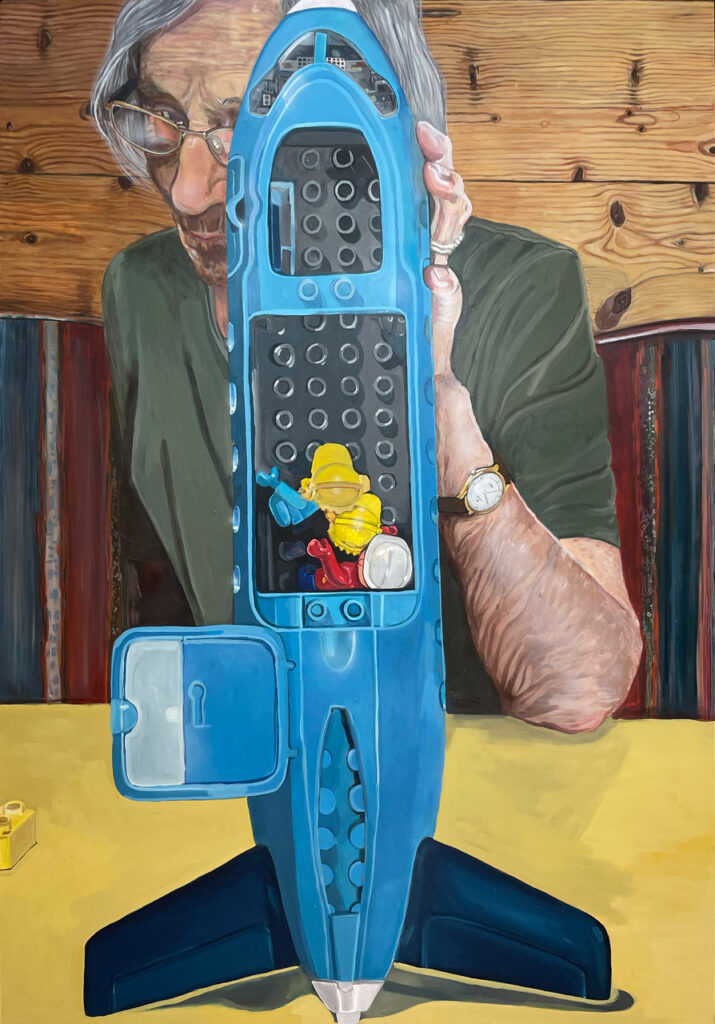
Text by Sophia Roxane Rohwetter
Since I started sleeping with an exterminator, I’ve been thinking about rats, cockroaches, beetles, bedbugs and all those kinds of monstrous vermin (“ungeheure Ungeziefer”) that lurk in pillows, bedlinen, kitchen cabinets and scalps and feast on human blood and leftovers of life. Sometimes I fantasise that the exterminator comes to my apartment in full exterminator gear, with protective suit, mask and a parasite cannon with a 25-horsepower engine that could rid an entire warehouse of vermin. I show him my bedbugs, he kills them and we make love in my perfectly eradicated bed afterwards. And sometimes, when I feel like it, I imagine it the other way around, first the fucking and then the killing, the little death followed by the great extermination. Unfortunately, the exterminator doesn’t actually make house visits, he just works in the call center of an exterminator company and sells overpriced products and services over the phone to poor elderly women, some of whom have vermin, others dementia, and still others who need someone to talk to.
In Middle High German, “Ungeziefer“ literally means “unclean animal not suitable for sacrifice”. Sometimes I imagine myself being transformed into such a dirty, nasty bug waiting for the exterminator to make me go away. I lie on my hard, armour-like back, and if I lift my head a little I can see my curved abdomen, divided by arch-shaped ridges, and domed so high that the bedspread, on the brink of slipping off, could hardly stay put. My many legs, pathetically thin in comparison with my size otherwise, flicker helplessly before my eyes.
“What has happened to me?” Sophie Gogl thinks as she lies next to her bicycle on the main street of Kufstein in Tyrol. She is lying on her back, and when she lifts her head a little, she sees the mayor of Kufstein, who reaches out to her and asks if everything is alright, and that she should ride more carefully in the future, and also, why isn’t she wearing a helmet? Slowly the memory returns and Sophie Gogl begins to understand that he hit her with the car and is now bluffing his way out of trouble (there are elections coming up). But there is no evidence, just a bruised arm. It is not a dream.
“What has happened to me?” is, of course, the big Kafkaesque question posed by the traveling salesman Gregor Samsa who, after waking one morning from uneasy dreams, finds himself transformed in his bed into a gigantic insect. Sophie Gogl’s work is Kafkaesqe in many ways. Not only are many of her paintings inhabited by anthropomorphised animals that often have something existential or nonsensical to say – like the “Lobster” (2020) who complains that “No one cares what my definition of ‘is’ is” –, she also plays on the burden of bureaucracy and modern family life, and, similar to Kafka, refuses to overwork the metaphorical significance of symbols, focusing instead on their aesthetic meaning.
If one would follow a metaphorical reading of Kafka’s “The Metamorphosis”, things would be rather obvious: the bug is anxiety, castration, the animal expression of Kafka’s father complex. And of course, there’s also a resemblance between bugs and kids, these little nuisances, both dirty and hard to get rid off, multiplying more often than desired. In “The Frozen Sea,” Kafka’s Freudian biographer Charles Neider stresses Kafka’s complex relationship with his father for the meaning of “The Metamorphosis” and, following the depiction of children as vermin in mythic symbolism, asserts that the beetle aptly characterizes Kafka’s sense of worthlessness before his father. But can a small bug, even if it’s a monstrous cockroach, a large verminous insect or a gargantuan pest, take on this enormous role? “I am interested here in bugs, not in humbugs, and I reject this nonsense,” Vladimir Nabokov, who was not only a writer and literary critic but also a lepidopterist, wrote in response to such Oedipal interpretations and instead saw in Gregor Samsa’s bug-being an embodiment of the artist’s struggle for existence in a society seeking to destroy him step by step. ”Metaphors are one of the things that makes me despair of literature,” Kafka said, and deliberately killed, as Deleuze and Guattari write “all metaphor, all symbolism, all signification, no less than all designation.” According to D&G, there is nothing metaphoric about Gregor Samsa’s becoming-animal. Kafka as the literary exterminator of dirty symbolic meaning and nasty metaphorical vermin.
Although in pop cultural representations and poor translations Gregor Samsa is depicted as beetle, June bug, or cockroach, Kafka did not have any specific bug in mind. In a letter to his publisher voicing his concern about the cover illustration of the first edition of “The Metamorphosis”, Kafka writes: “The insect itself is not to be drawn. It is not even to be seen from a distance.” Even though Sophie Gogl paints figuratively, and often portraits, there is a similar rejection of unambiguous representation in her work. In painting photographs of her supposedly private life, in figurating the personal, the things and people depicted undergo a process of abstraction, not to stand as metaphors for something else, but to doubt their own singularity. When Sophie Gogl’s grandmother asks her if she has finished painting “the old woman,” she seems to understand that the painting is a portrait of her as much as it is a portrait of anyone’s grandmother, an archetypal figure of aging life and passing time. The intimate and the arbitrary, the concrete family and the abstract family function often merge in Sophie Gogl’s work, directing the autobiographical gaze toward the social. Her own house and family are figured as expressions of the alienation inherent in the “we” in “we are family” – a social construct that is at once utterly meaningless and painfully real, just as the intimate interiority of Sophie Gogl’s Tyrolean wooden home is as personal as it is deeply generic. If “The Metamorphosis” is about Kafka’s relationship with his father, it is perhaps only insofar as the daddy issue is a social issue rather than a personal trauma. Home decorations and children’s toys generate meaning only by being owned and shared by many. A bedbug rarely comes alone, and lice are a social event.
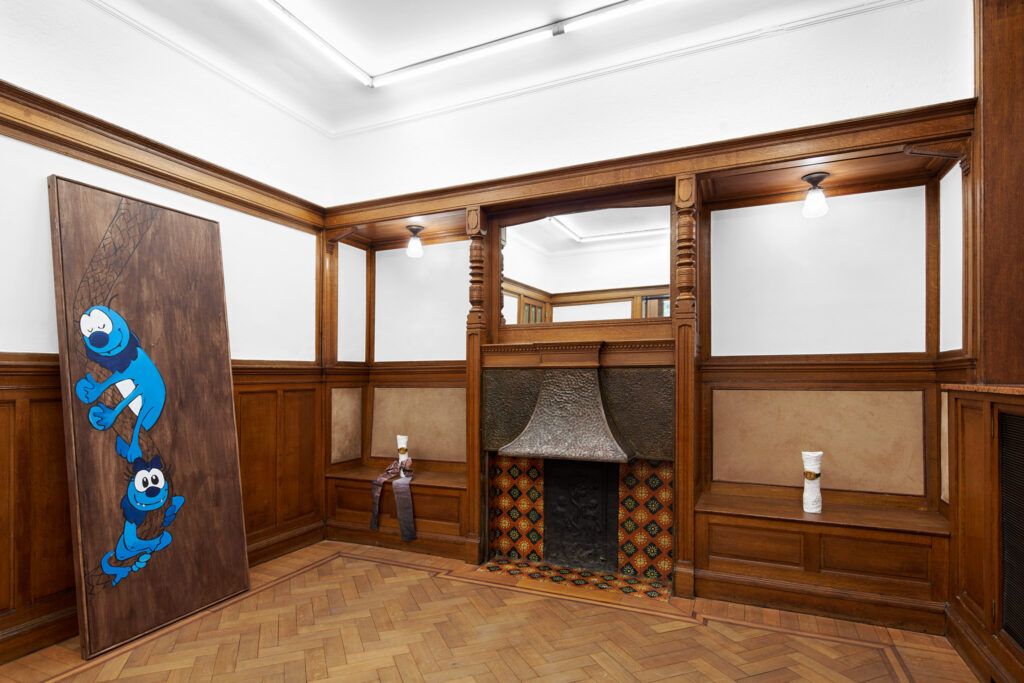
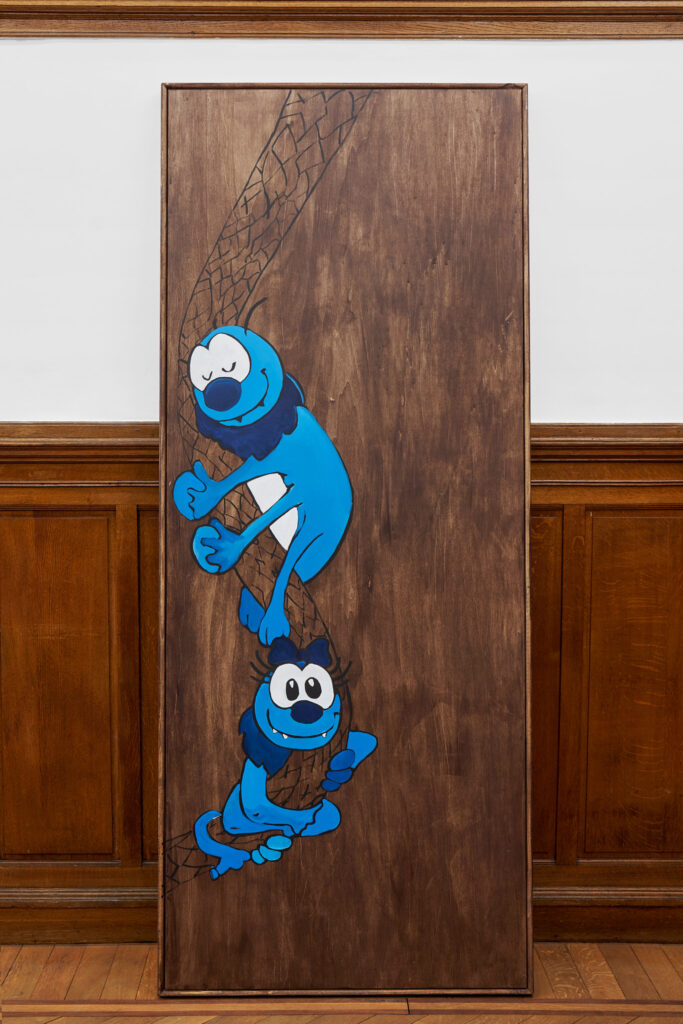
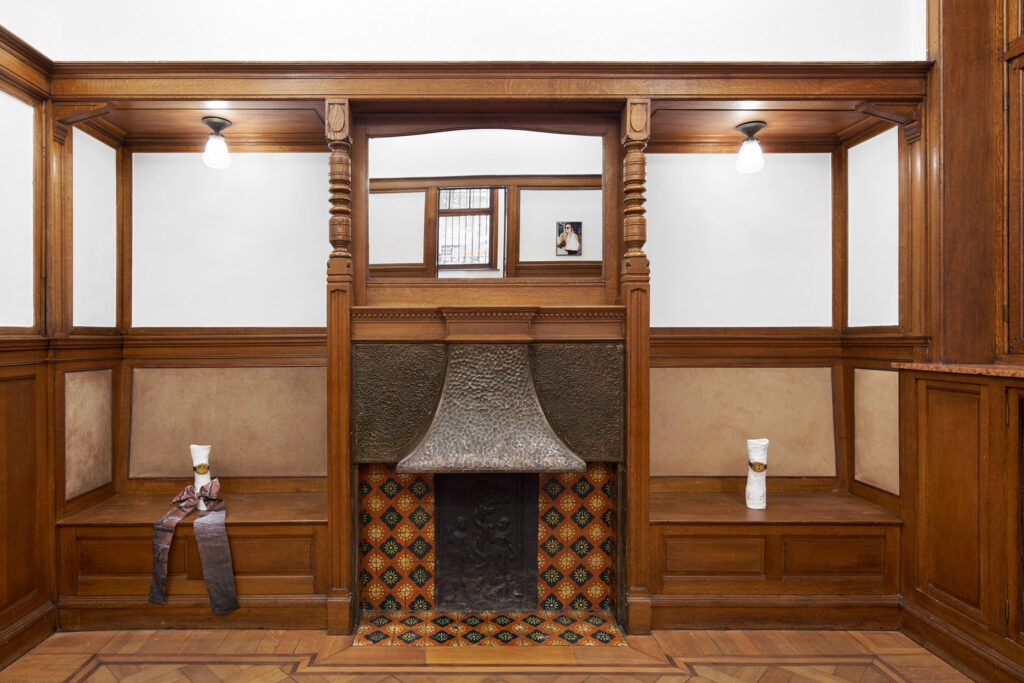
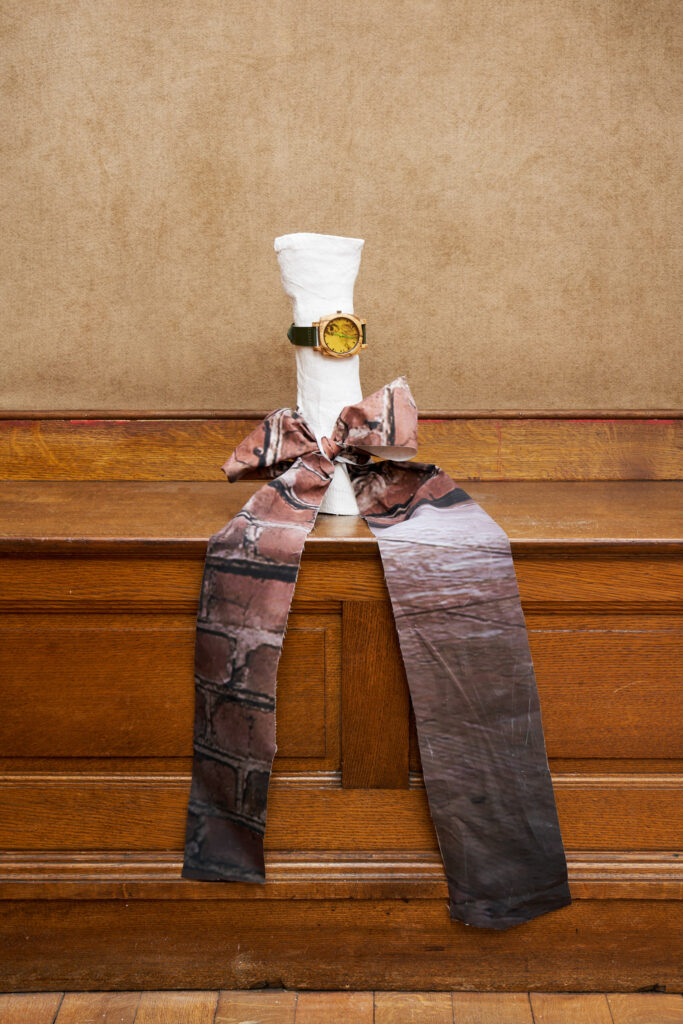
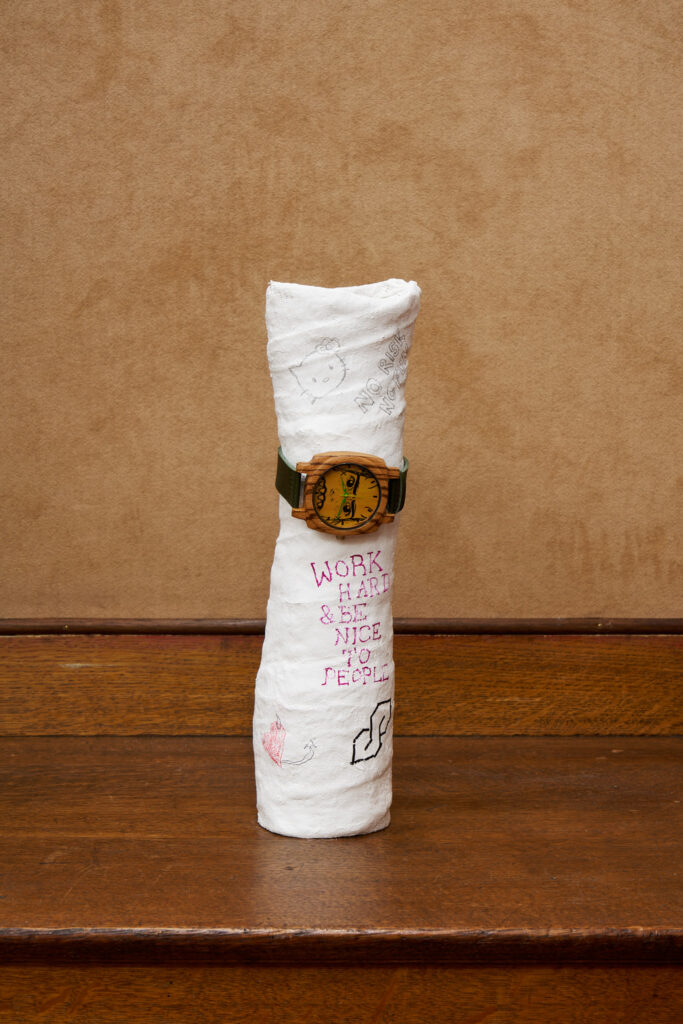
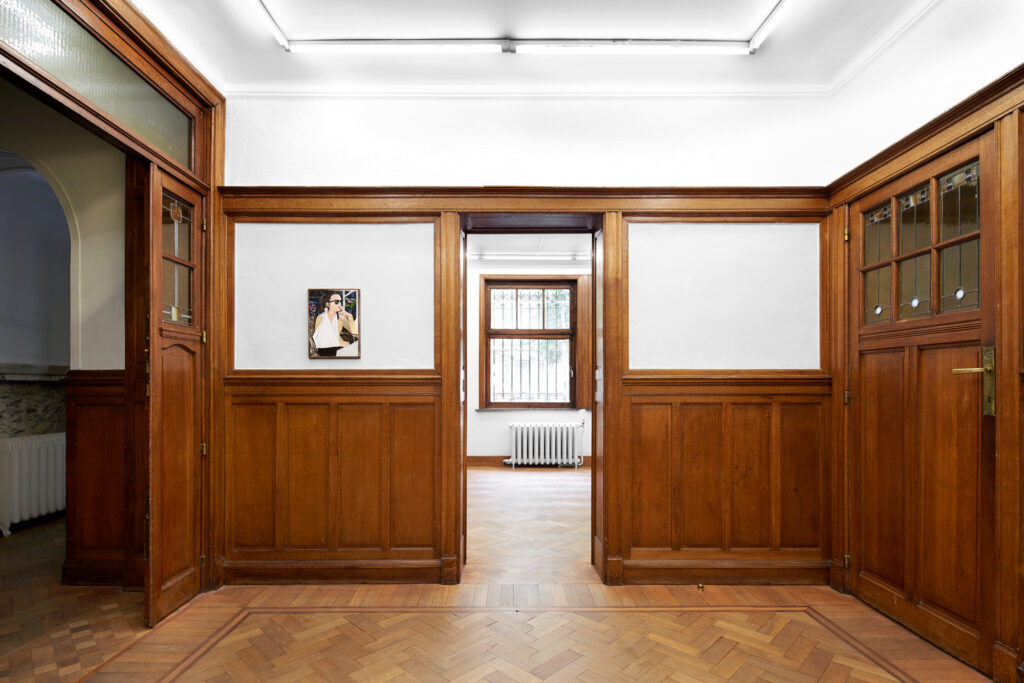
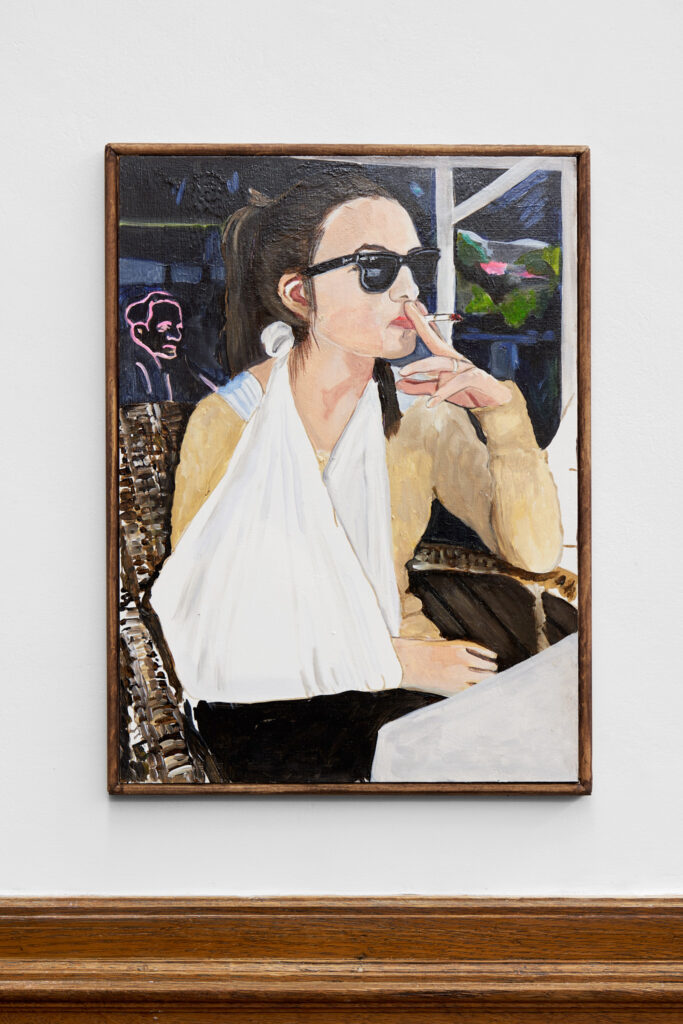
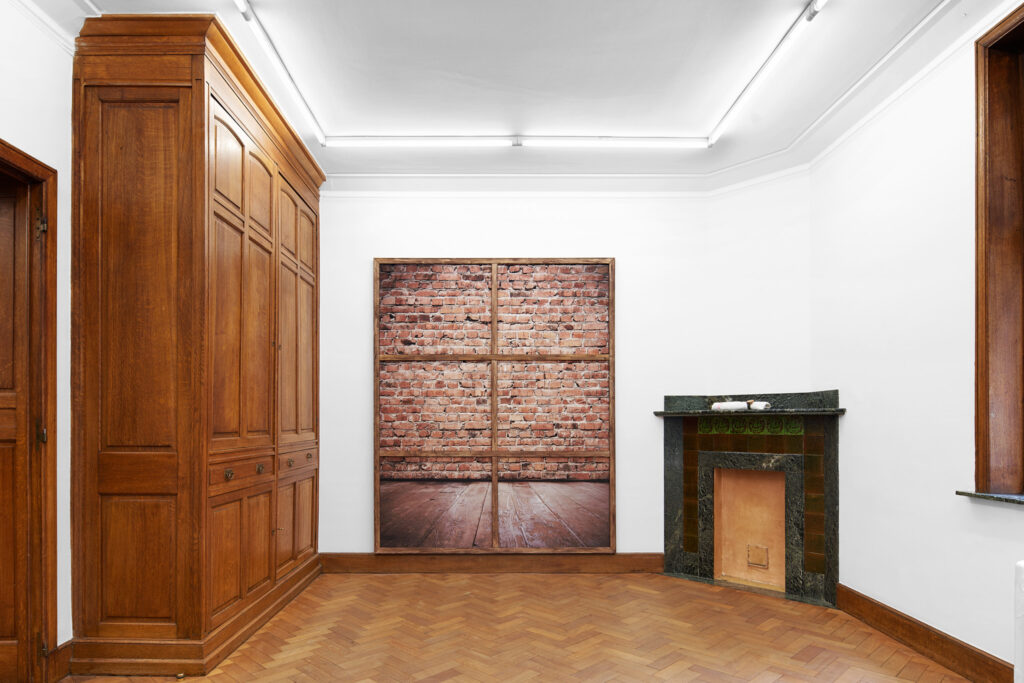
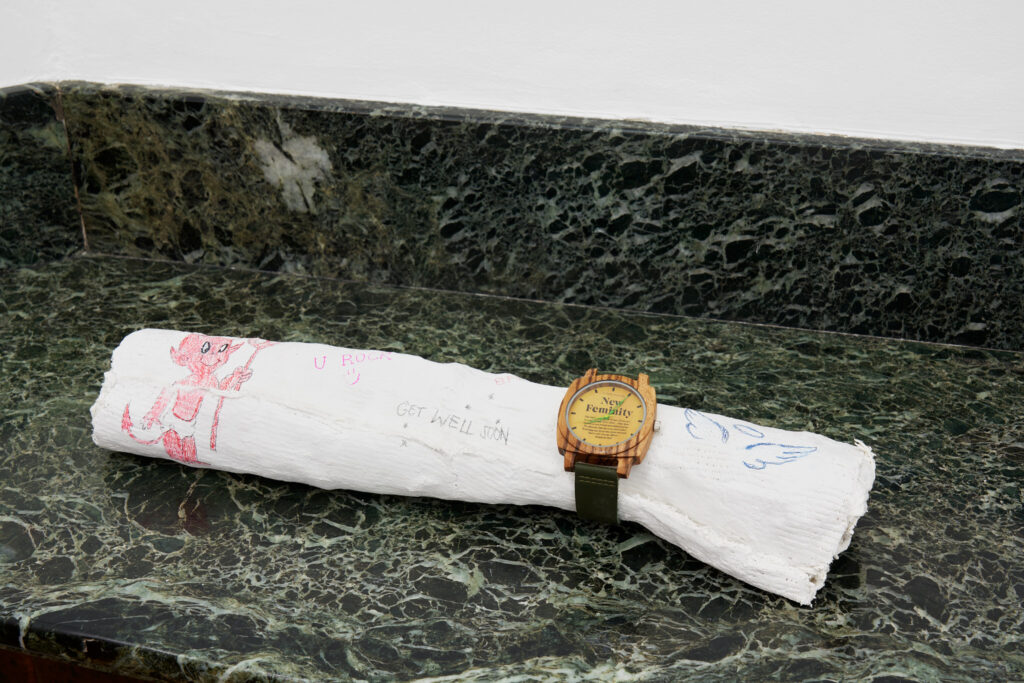
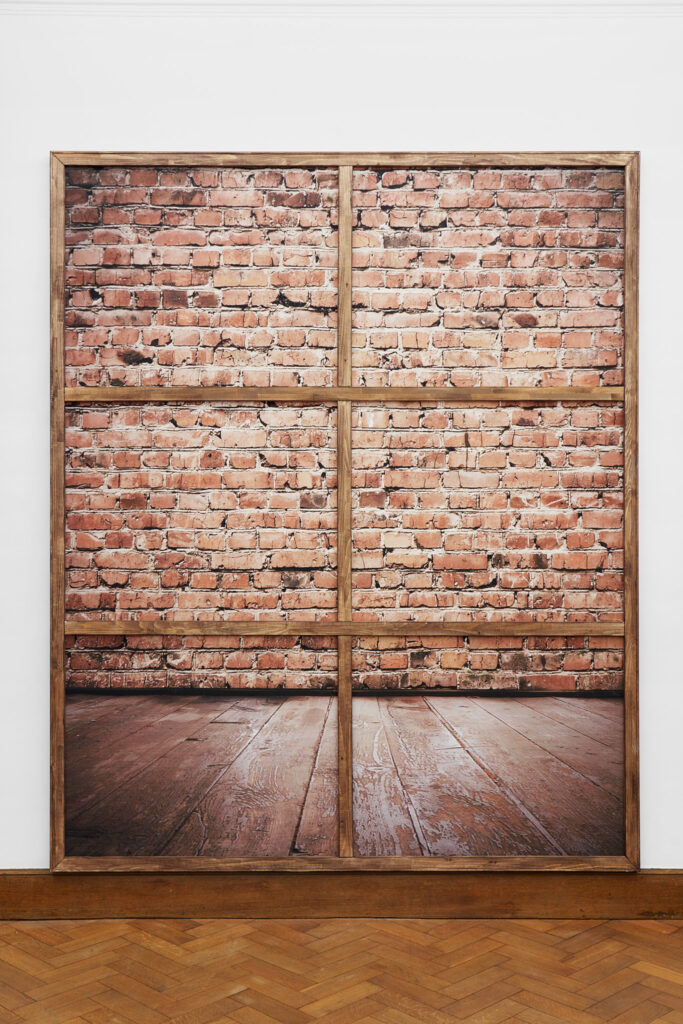
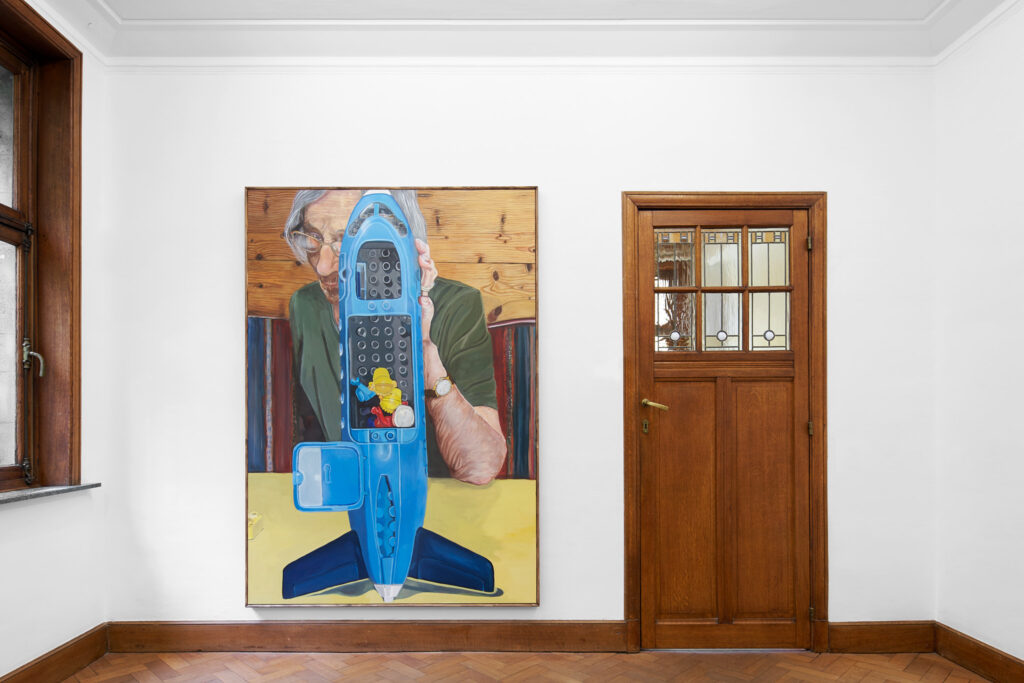
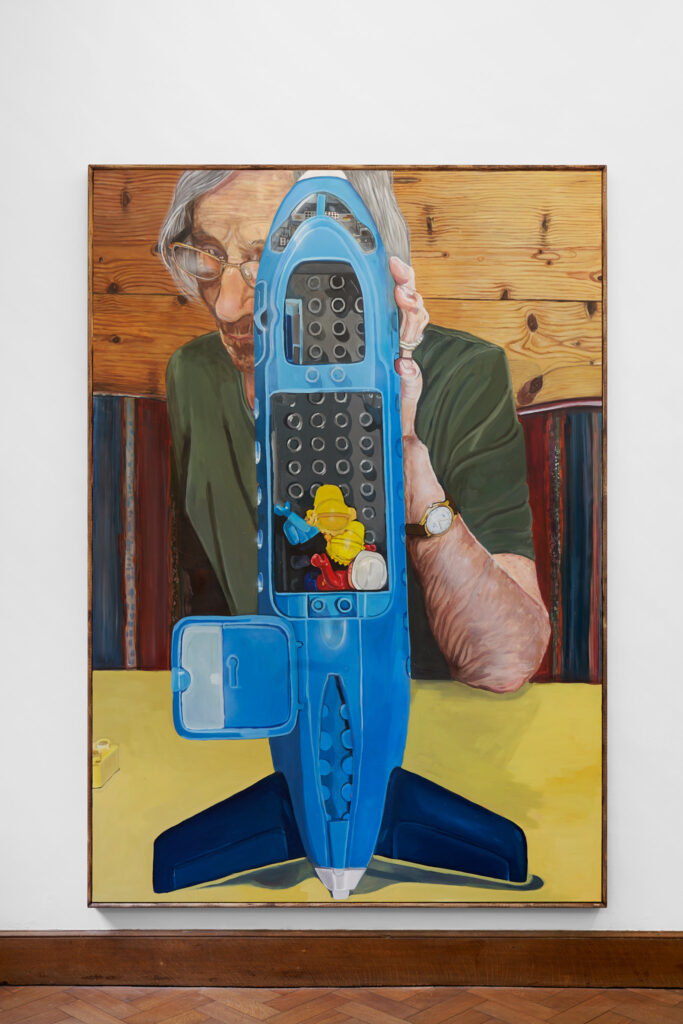
All photo credits : GRAYSC